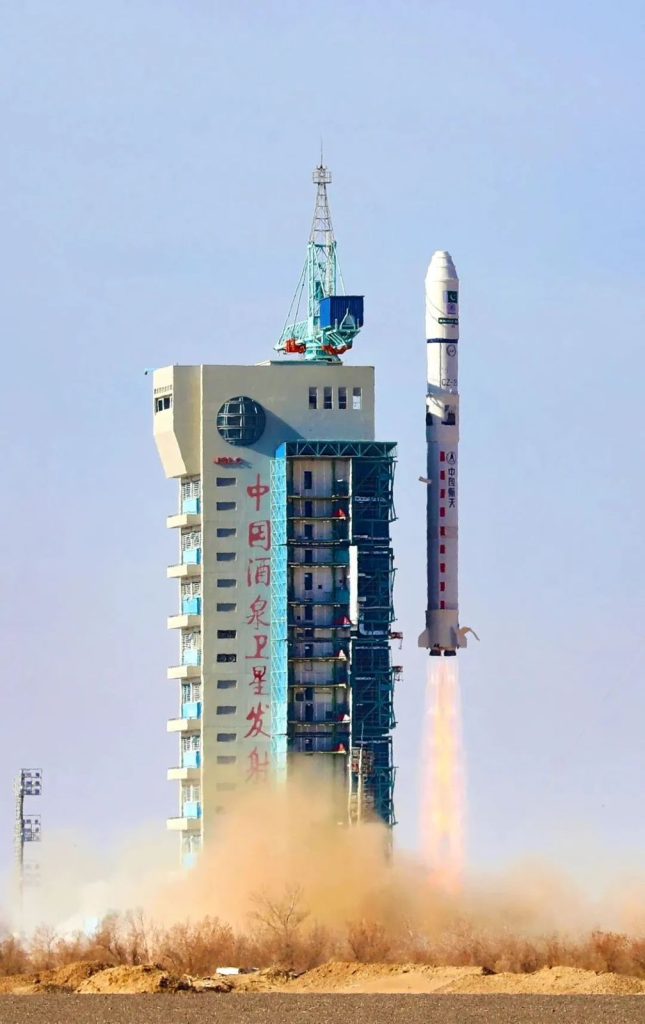The launch of Pakistan’s Indigenous Electro-Optical (EO-1) Satellite on January 17, 2025, marks a monumental achievement in the country’s space journey. This event is not just a technological triumph; it represents a significant step forward in national development and will have far-reaching implications across various sectors.
The EO-1 satellite brings numerous benefits to Pakistan, including advancements in agriculture, urban planning, environmental monitoring, and natural resource management.
One of the most notable impacts of the EO-1 satellite is on Pakistan’s agriculture sector. The satellite will enable precision farming by providing critical data to monitor crops, assess irrigation needs, predict yields, and improve food security.
This will allow farmers to optimize their land use and resources, ultimately leading to higher productivity and sustainability. With such advancements, the agriculture sector can see a transformation, improving both output and efficiency, which is crucial for ensuring food security for the growing population.
In urban development, the EO-1 satellite will assist in tracking infrastructure growth and managing urban sprawl. As Pakistan’s cities continue to expand, urban planning has become increasingly challenging.
The ability to monitor land use and infrastructure development from space will provide valuable insights for local authorities and planners, helping them to manage resources more effectively and plan for future growth in a way that is sustainable and efficient. This satellite will serve as an essential tool in the ongoing efforts to improve urban living conditions and manage the challenges that come with rapid urbanization.
The satellite will also play a critical role in environmental monitoring and disaster management. Pakistan is highly vulnerable to natural disasters such as floods, earthquakes, landslides, and deforestation. The EO-1 satellite will provide timely updates on these disasters, enabling quicker response times and more effective disaster management.
For example, by monitoring flood-prone areas, the satellite can offer early warnings and help mitigate the damage caused by these disasters. It will also be instrumental in monitoring environmental degradation, such as land erosion and deforestation, and provide data on the health of glaciers and water resources, which are vital for Pakistan’s sustainability.
In addition, the EO-1 satellite will assist in monitoring Pakistan’s natural resources, including minerals, oil, and gas fields. This will enhance the country’s ability to manage and protect these resources efficiently, ensuring they are used sustainably.
Given the growing pressure on water resources in Pakistan, the satellite will also monitor water levels, glaciers, and reservoirs, providing crucial information for water conservation efforts and improving the management of irrigation systems.
The launch of EO-1 demonstrates Pakistan’s increasing capabilities in space technology and its growing role in the global space community. This achievement aligns with Pakistan’s National Space Policy, which aims to position the country as a regional leader in space exploration and technological advancement.
By harnessing the capabilities of this satellite, Pakistan can address its most pressing challenges, from food security to environmental sustainability, while also positioning itself as a player in the global technological arena.
In conclusion, the EO-1 satellite is a transformative development that promises to bring significant benefits to Pakistan’s agriculture, urban development, environmental management, and resource monitoring. As the country continues to invest in space technology, the launch of this satellite is just the beginning.
With continued efforts to integrate this technology into national planning, Pakistan is poised to achieve substantial progress in the coming years, improving the quality of life for its citizens and enhancing its role in the global community. The EO-1 satellite is a key step towards a brighter, more sustainable future for Pakistan.


